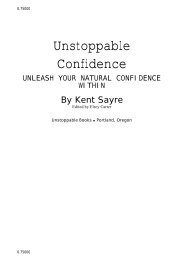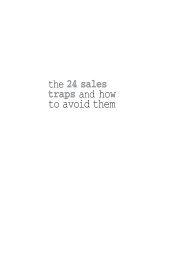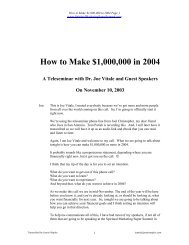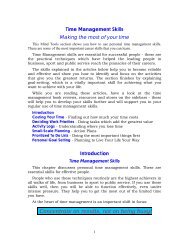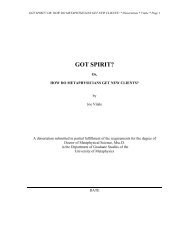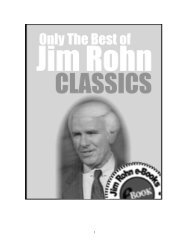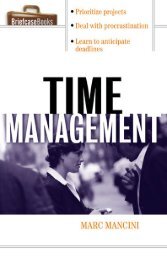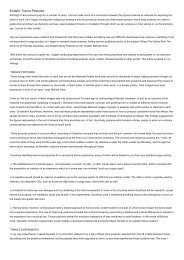Executive Coaching - A Guide For The HR Professional.pdf
Executive Coaching - A Guide For The HR Professional.pdf
Executive Coaching - A Guide For The HR Professional.pdf
You also want an ePaper? Increase the reach of your titles
YUMPU automatically turns print PDFs into web optimized ePapers that Google loves.
96 EXECUTIVE COACHING<br />
............................<br />
In either case, there will be strong guidelines about how to do<br />
goal setting, assessment, action planning, implementation, and evaluation.<br />
Having this structure facilitates a cooperative, goal-oriented<br />
relationship. <strong>The</strong> steps outlined in Chapter 4 provide a good general<br />
approach to most coaching assignments.<br />
Often, however, the coach has a good degree of flexibility and,<br />
therefore, also the task of spelling out how these steps will happen.<br />
This will be done at the outset of the engagement. <strong>The</strong> factors going<br />
into the coach’s decisions include what the client is likely to need,<br />
what the organization and the <strong>HR</strong> professional are familiar with,<br />
and the coach’s own favorite ways of working.<br />
Some coaches prefer to be very explicit about steps and stages,<br />
while others are more comfortable with flexible arrangements.<br />
Some do a lot of interviews, by phone or in person, while others use<br />
360-degree surveys or psychological tests. Some prefer to have regularly<br />
scheduled meetings. All good coaches reserve the right to do<br />
mid-process reviews to see whether the initial structure is working<br />
well.<br />
<strong>The</strong> point is not so much how the coach works, but rather how<br />
clearly the coach is able to describe the process. <strong>The</strong> primary goal is to<br />
delineate what the process is, to take the mystery out of it so that others<br />
will know what’s happening and can set their expectations accordingly.<br />
It’s important to avoid assuming that all the stakeholders will<br />
automatically agree on what coaching is or should be. A clear structure<br />
also reduces the likelihood of “drift”—of a coaching relationship<br />
wandering off target or becoming just a supportive friendship.<br />
Communicating with Organizational Sponsors<br />
<strong>The</strong> coach is often thinking about how to communicate to the<br />
client’s boss and with the <strong>HR</strong> professional. Even if weeks go by with<br />
no word to or from them, you are on the coach’s mind. If you don’t<br />
hear from the coach, feel free to give him or her a call. Coaches get<br />
busy too—new coaching clients don’t arrive in the coach’s life on



